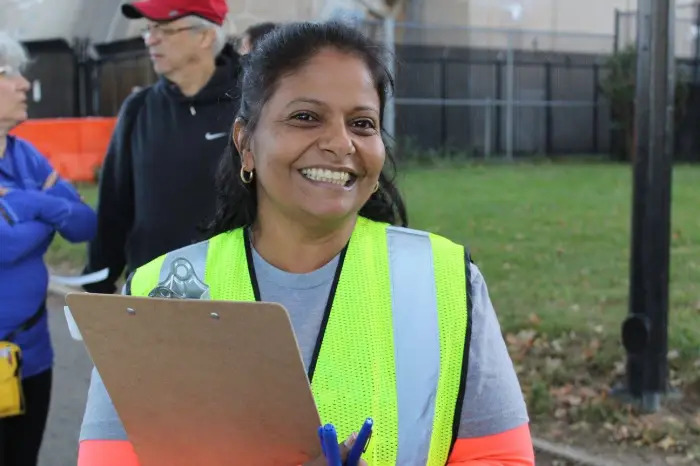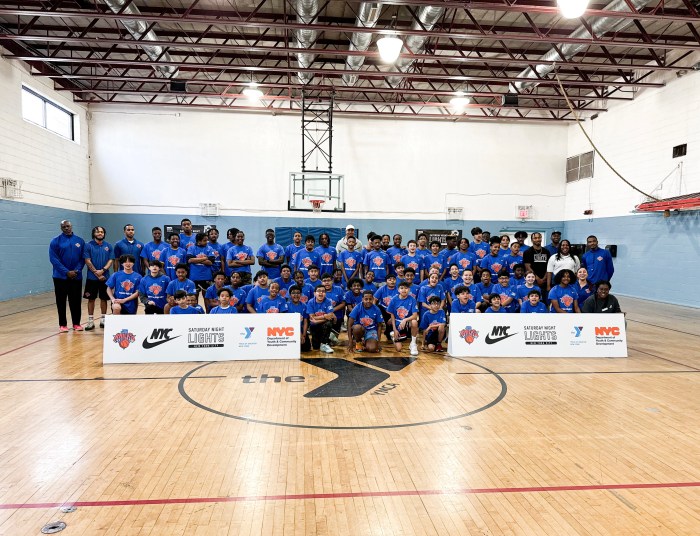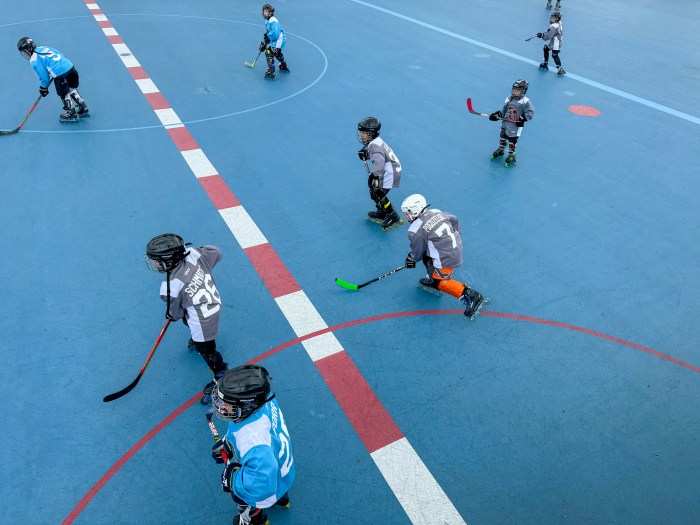The Internet is an amazing tool for adults and children alike. Thanks to the Internet, children have the world at their fingertips. Kids can do research for school, get help with assignments, learn about their interests, and keep in touch with friends and family with ease. While there is little question about the usefulness of the Internet, there is a growing concern about the dangers it may pose to children. Fortunately, there are a number of precautions that can be taken by both parents and children that can help ensure that children’s online time is both safe and productive.
New laws have been passed to address this important issue.
The Children’s Online Privacy Protection Act applies to operators of commercial websites directed to children under the age of thirteen and to websites intended for general audiences that know that they are collecting information from a child. This law requires these sites to provide parents with notice regarding their information practices, obtain verifiable parental consent before collecting the child’s information, give parents a choice regarding third party disclosure of the information, and provide parents with access to their child’s information for review or removal. Additionally, this law requires such sites to give parents the opportunity to prevent further use or collection of the information, not require a child to provide more information than is reasonably necessary, and maintain the confidentiality, security, and integrity of the child’s information. To learn more about this law, visit the Federal Trade Commission (FTC) website on this topic at www.ftc.gov/kidsprivacy.
The first step that may be taken is to set ground rules with your child regarding Internet use. It is extremely important that your child is warned against divulging personal information while online. Instruct them to not give out their name, address, phone number, e-mail address, school name or school address, or daily schedule to people they do not know while online.
They should never agree to a face-to-face meeting with anyone they have met on the Internet without parental consent. If they want to meet with someone, it should be in a public place with parental supervision.
It is also a good idea to keep the computer in a family room as opposed to the child’s bedroom. This helps to monitor not only the amount of time that your child is spending online, but also what they are doing while online. If your child receives inappropriate material while online, or if someone is harassing them or displaying other questionable behavior, tell them to not respond and to inform you. If the behavior seems very suspect or dangerous, you may want to report it to the local police.
If you are concerned about protecting your child from obscene, graphic, or violent material that they may encounter on the Internet, there are several options available. Many Internet service providers offer parental controls that allow parents to set restrictions. For more information, contact your Internet service provider. Similarly, many e-mail services offer custom filters that prevent certain identified e-mails from entering your child’s inbox.
Additionally, there are software programs available that help parents protect their child while online. Such software is divided into two main categories: monitoring software and filtering software. Monitoring software can record e-mails, instant messages, chat room conversations, and websites visited, in addition to other information. Some monitoring programs are capable of sending this information to remote computers, enabling parents to monitor their child’s Internet activities from their office. Filtering software can block certain sites and emails, prohibit your child from revealing personal information online, and limit the amount of time spent online.
There are resources available if you are interested in learning more about Internet safety. Your Internet service provider should be able to provide you with information about parental controls that they offer. Also consider contacting your child’s librarian or teacher, or visit www.safekids.com or www.safeteens.com, for more tips and information.
































